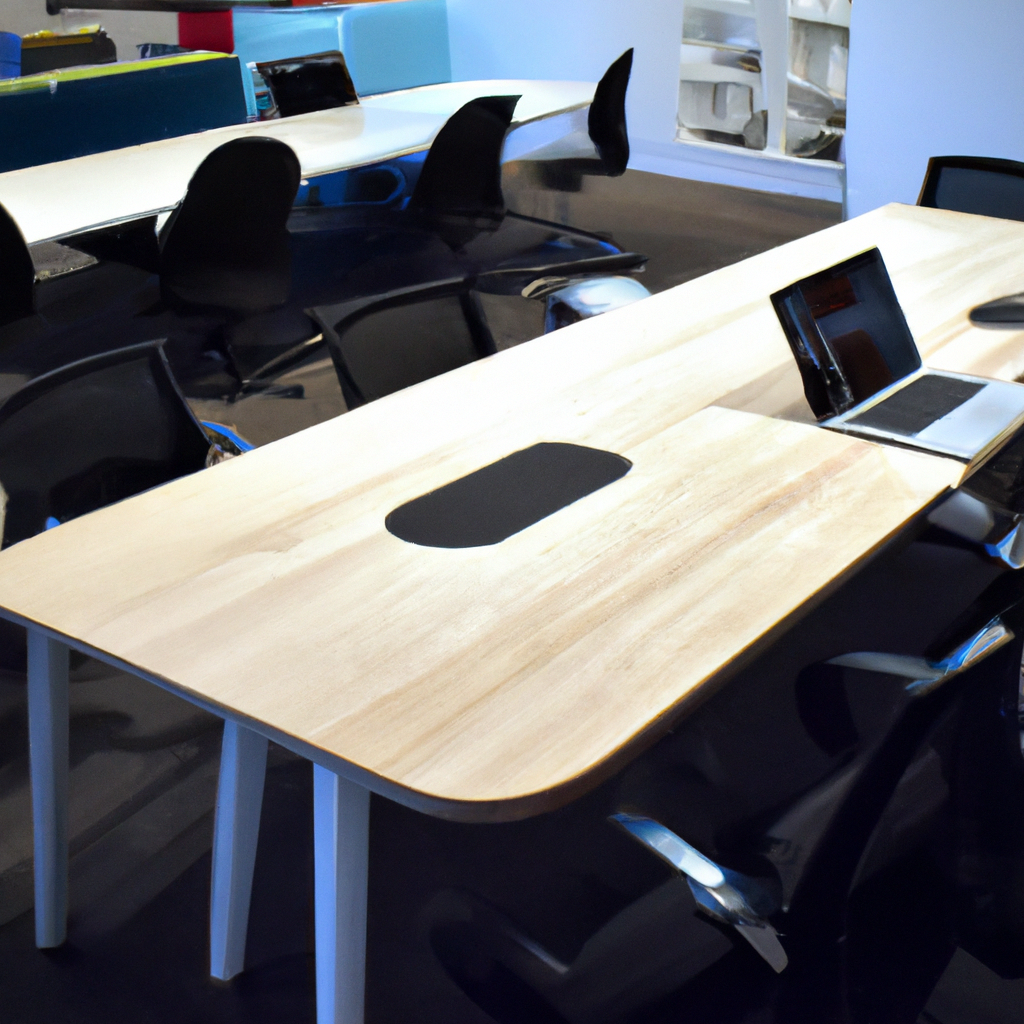
Collaborative workspaces have become the norm in today’s fast-paced business world. Gone are the days of rigid cubicles and isolated offices. Modern workstations are designed to encourage teamwork, creativity, and productivity. In this article, we will explore the evolution of workspaces, the key elements of collaborative workstations, and the benefits they offer.
Evolution of Workspaces
In the not-so-distant past, the traditional office was characterized by rows of cubicles, closed-off offices, and a strict hierarchy. However, as businesses evolved, so did the concept of the workspace. The realization that collaboration and innovation thrive in open and flexible environments marked a significant shift.
Key Elements of Collaborative Workspaces
Ergonomic Furniture
One of the cornerstones of modern workstations is ergonomic furniture. Chairs and desks are designed to support the health and well-being of employees. Adjustable chairs, standing desks, and proper lighting all contribute to a comfortable and productive work environment.
Technology and Connectivity
Today’s workstations are equipped with cutting-edge technology. High-speed internet, video conferencing facilities, and collaborative software ensure that employees can seamlessly connect and work together, regardless of their physical location.
Designing Functional Workstations
Well-Planned Layout
The layout of a collaborative workspace is crucial. It should facilitate movement, encourage interaction, and provide various zones for different types of work. An open layout combined with private nooks for focused work strikes the right balance.
Flexible Furniture
Flexibility is key to modern workstations. Furniture on wheels, modular seating, and adjustable partitions allow spaces to adapt to different needs. This versatility is especially valuable in an ever-changing business landscape.
Creating an Inspiring Atmosphere
Aesthetics Matter
Modern workstations pay attention to aesthetics. A visually appealing workspace can inspire creativity and boost morale. Thoughtful color schemes, artwork, and design elements contribute to a pleasant atmosphere.
Natural Light and Greenery
Bringing the outdoors in is another trend in workspace design. Access to natural light and the inclusion of indoor plants can have a positive impact on employees’ well-being and productivity.
The Role of Technology
Impact of Digital Tools
Technology plays a pivotal role in modern workstations. Digital tools enable efficient communication, project management, and data analysis. These tools empower employees to work smarter and more collaboratively.
Seamless Connectivity
In a world where remote work is increasingly common, seamless connectivity is non-negotiable. Modern workstations are equipped with the infrastructure to support remote work, ensuring that teams can collaborate effectively from anywhere.
Benefits of Modern Workstations
The adoption of modern workstations brings a host of benefits. Employees enjoy a more comfortable and enjoyable work environment, leading to increased job satisfaction. Employers, on the other hand, benefit from improved productivity and enhanced collaboration among their teams.
Future Trends in Workspace Design
As technology continues to advance and businesses evolve, the design of collaborative workspaces will also change. We can expect to see more innovations, such as augmented reality integration, AI-driven workspace personalization, and even more sustainable design practices.
Conclusion
In today’s dynamic work environment, designing collaborative workspaces that prioritize comfort, functionality, and aesthetics is essential. Modern workstations are not just places to work; they are hubs of creativity and innovation. By embracing these trends and staying ahead of the curve, businesses can create workspaces that inspire their employees and drive success.
